When Baldur’s Gate 3 entered early access in 2020, only a small selection of the spells from DnD 5e made it into the game’s first version. By the game’s full release, most of the remaining spells (up to the sixth level) from the Player’s Handbook had made it into the game, with some spells from other books, like ice knife from Xanathar’s Guide to Everything, also being included. Currently, there is a multitude of spells and subspells available in Baldur’s Gate 3, most of which feel fun, powerful, and satisfying to cast. Unfortunately, there are a handful of spells that are severely underwhelming.
Many of the underpowered spells in Baldur’s Gate 3 are already underpowered in Dungeons & Dragons as well. Larian buffed some of DnD‘s weaker spells, increasing their duration, modifying effects, or even reworking them entirely. Others were left mysteriously untouched or not changed enough. The consistent theme across these underwhelming spells is opportunity cost. If a spell requires concentration or has an inefficient casting time and its effects are not exceptionally powerful, it’s not going to be able to compete with spells that are both powerful and efficient. Thankfully, there are ways to fix each of these spells without making them overpowered.
10 Blade Ward
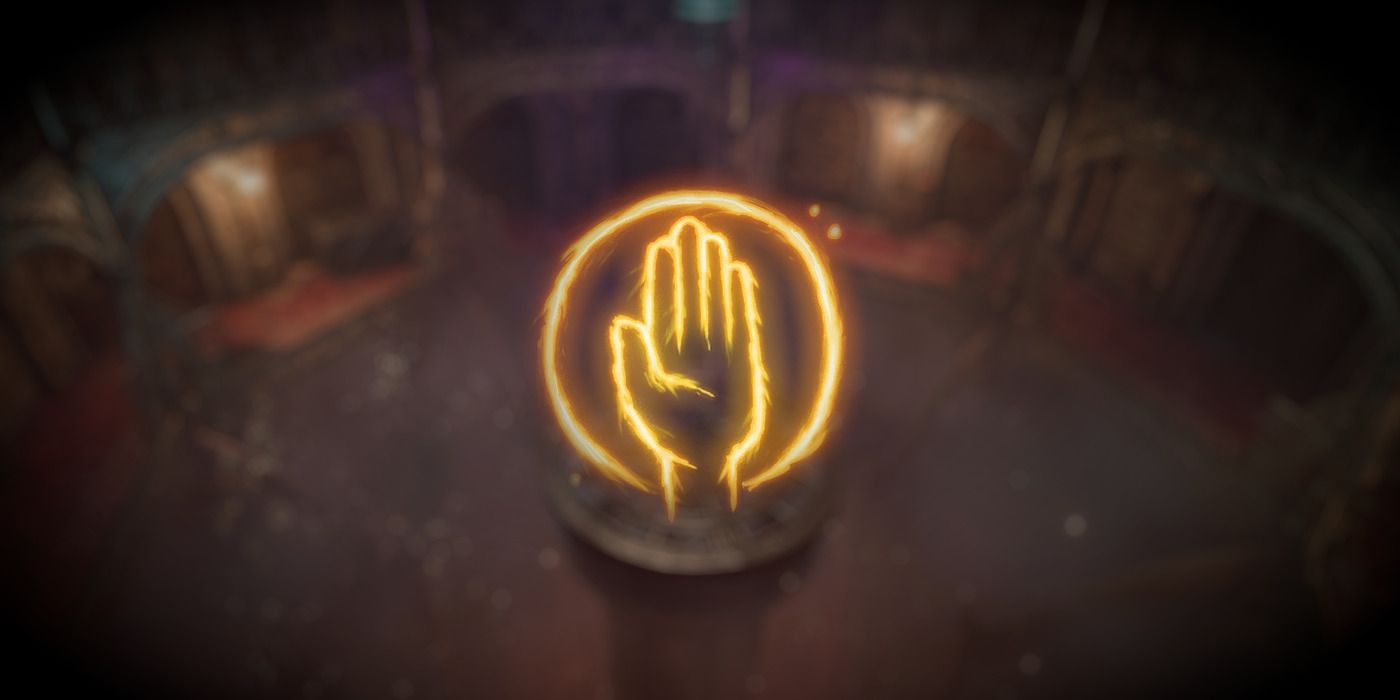
Blade ward is a spell that looks very strong on paper. After all, resistance to bludgeoning, piercing, and slashing damage is an effect seen in a fourth-level spell, stoneskin. Having this available at-will via cantrip is certainly powerful, but the casting time and duration of blade ward set it up for failure. Using an action for a purely defensive benefit is almost always worse than simply using an offensive tool. This is a core feature of action-economy-based games, such as Baldur’s Gate 3. Defensive tools that last for a minute, an hour, or more are the exceptions, but for such a short duration, blade ward is a bad trade.
The fix, then, is simple. Increase the duration of blade ward to one minute, allowing the target to activate the spell when they take bludgeoning, piercing, or slashing damage, becoming resistant to the damage from that attack (triggering like a reaction, but without using the target’s reaction). The spell could also scale to receive one additional trigger at fifth and eleventh levels. This reduces the spell’s total defensive benefit since it only affects one to three attacks, but it would solve the action economy problem that ultimately holds it back.
9 Poison Spray
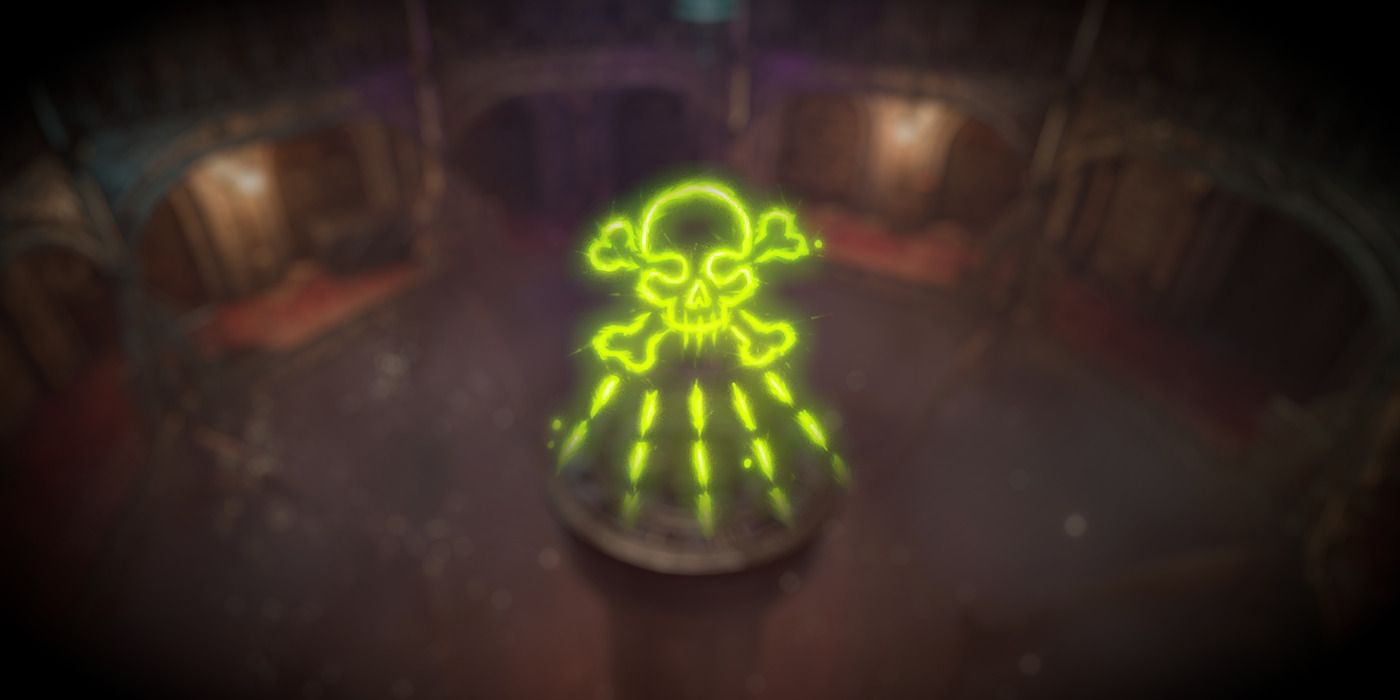
Poison spray has three primary issues. It requires a constitution saving throw, a stat that is typically very high for most enemies. It deals poison damage, the most common damage type for enemies to resist or be immune to. It has a very short range, requiring squishy casters to get into melee to use it.
If a caster finds themselves in melee, they probably have access to weapon features that give much more reliable damage than poison spray, or they are otherwise better off using shocking grasp since it can prevent opportunity attacks, allowing them to leave melee. Thankfully, poison spray is an easy one to fix. Following the latest One D&D Unearthed Arcana, changing poison spray to an attack roll rather than a saving throw with a 30-foot range would make the spell much more reliable and easy to use.
8 Resistance
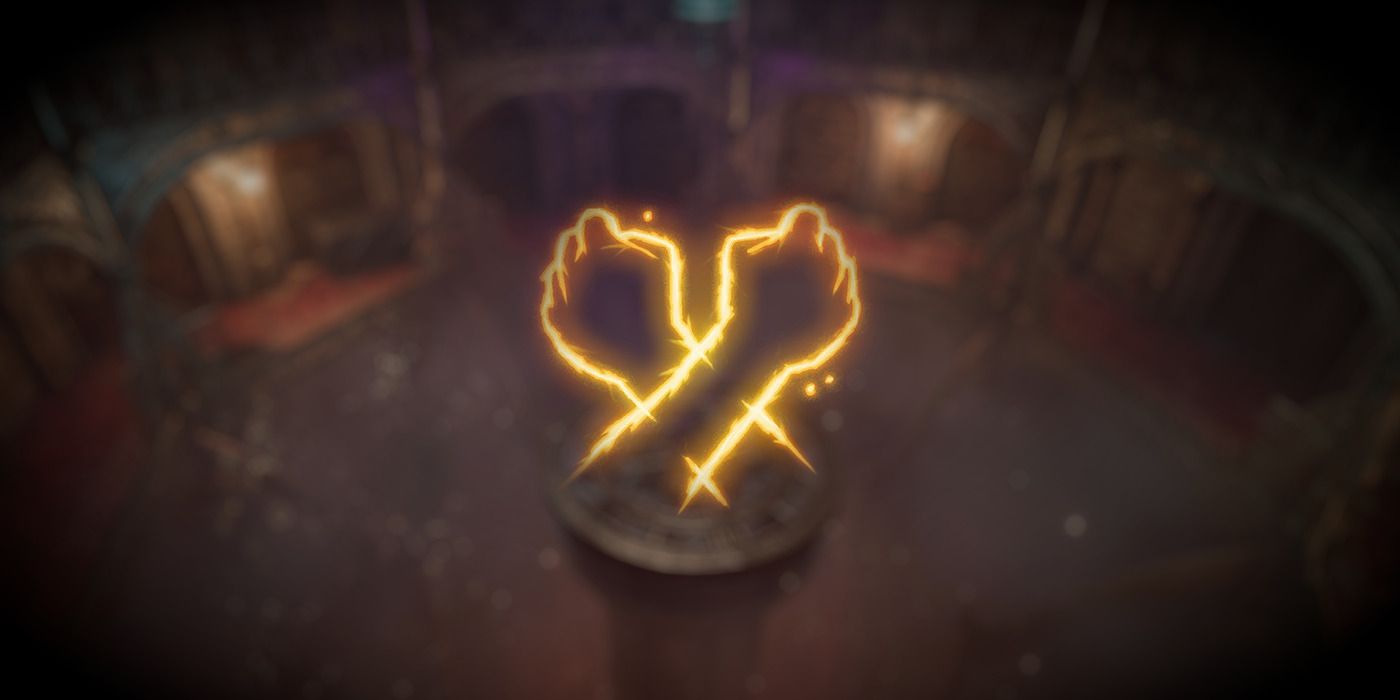
In Baldur’s Gate 3, the resistance spell is much more powerful than in DnD. While the original spell only triggers for a single saving throw, the version in Larian’s RPG affects every saving throw the target makes throughout its duration. Unfortunately, resistance rarely comes up outside of combat because there are so few dialogues or environments with saving throws involved. During combat, concentration is a very high opportunity cost for a small single target buff to saving throws.
Many of the best offensive and control spells in Baldur’s Gate 3, such as hold person and cloud of daggers, require concentration. Since those spells have more reliable benefits, while resistance is never guaranteed to be useful, it’s hard to justify its use. One fix could be to remove concentration but add a clause that the spell ends early if cast again.
7 True Strike
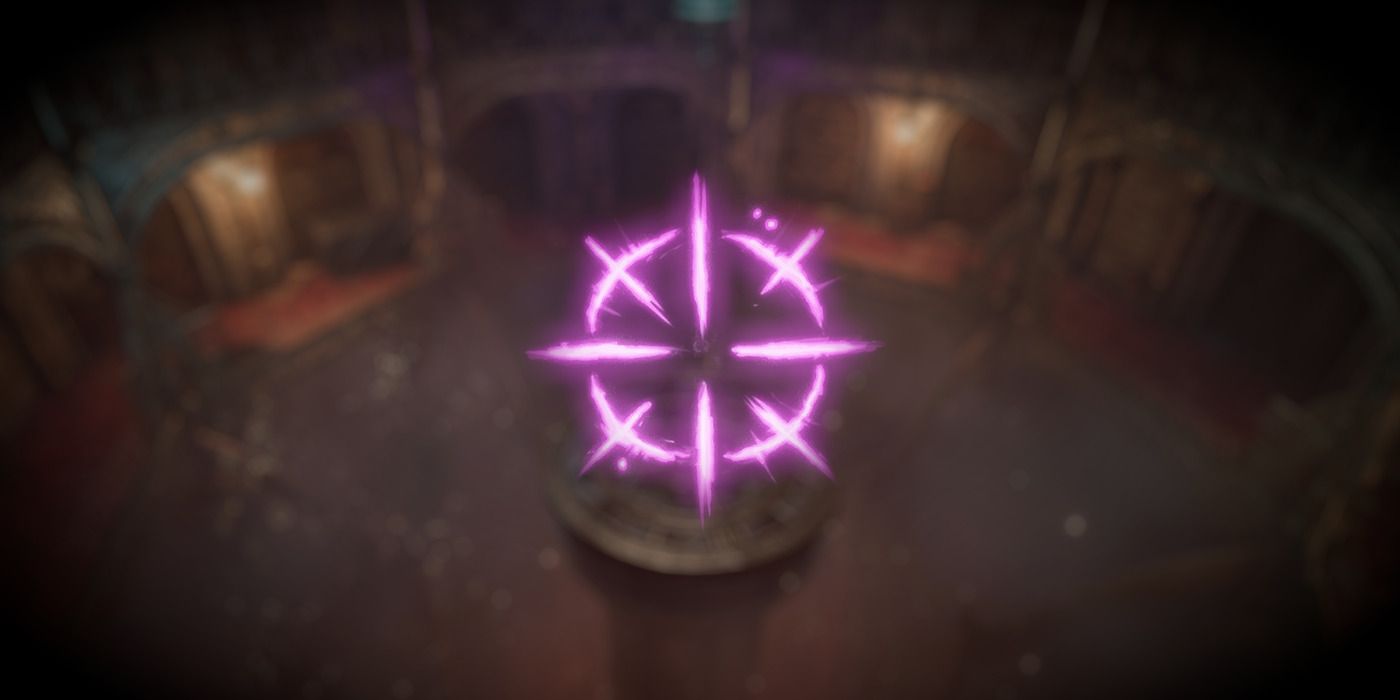
True Strike is a notorious trap spell. Trading an action (and concentration) to roll an attack twice on the next turn against a specific enemy is too much risk for too little reward. If the target is out of range or dead, the spell is wasted. If concentration is lost, the spell is wasted. If the attack hits without needing an advantage, the spell is wasted. Simply attacking the target once on the first turn and again, if necessary, on the second turn allows for the same number of d20s to be rolled, with potentially twice as much damage.
The only exception might be setting up a major spell, such as inflict wounds, against a high AC target. The latest buff to the true strike spell in One D&D’s cantrip updates, which adds a weapon attack to the spell’s casting and changes a few other aspects, would be a perfect fix for the spell in Baldur’s Gate 3,albeit a strong one.
6 Color Spray
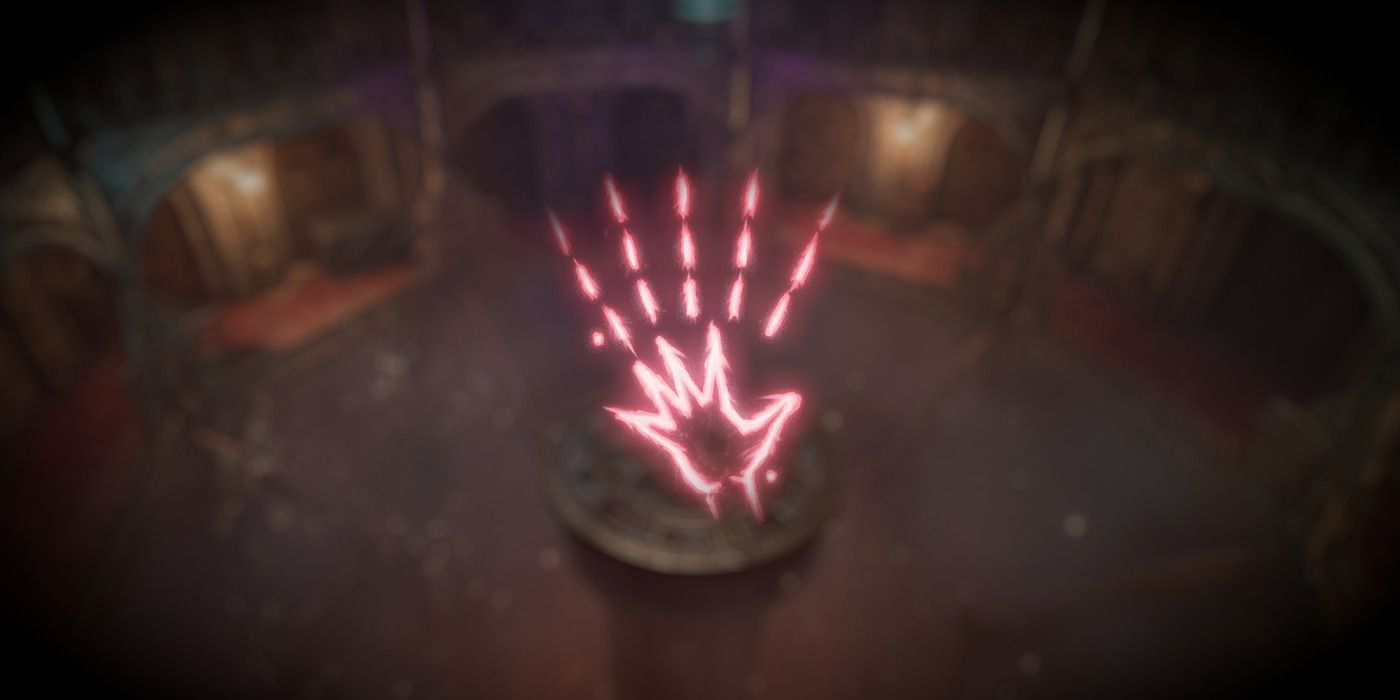
Color spray is a spell that can shine in the early game, but falls off hard in the late game. It benefits from the fact that it does not have a saving throw but suffers because important enemies often have too much health to be meaningfully affected, especially at higher levels. Ultimately, though, the sleep spell simply outclasses color spray by so much that there’s hardly any justification for taking color spray. It’s a fun and thematic spell, but needs a buff to be useful enough in Baldur’s Gate 3. Increasing the duration of the effect to one minute, with a repeat saving throw at the end of each turn for each target, would add the needed power.
5 Expeditious Retreat
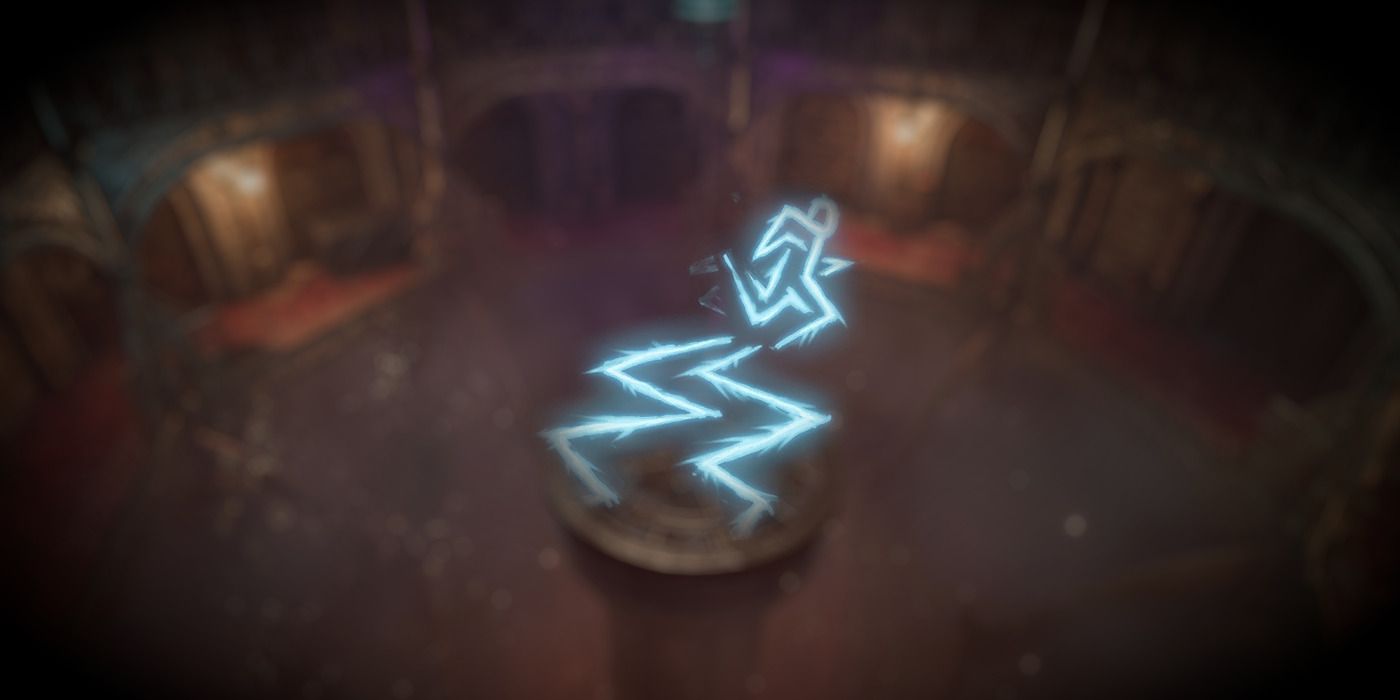
There are many great movement spells in Baldur’s Gate 3: longstrider, jump, misty step, dimension door, and more. Unfortunately, expeditious retreat isn’t one of them. The opportunity cost of concentrating on a movement effect is simply not worth it in combat, and the spell has no benefit outside combat except in extremely niche time-sensitive scenarios. Casting other spells is a better way to increase mobility in a fight. As with the resistance spell, a potential fix is to remove concentration but end the spell early if it’s cast again. This would make the spell useful but not abusable.
4 Ray of Sickness
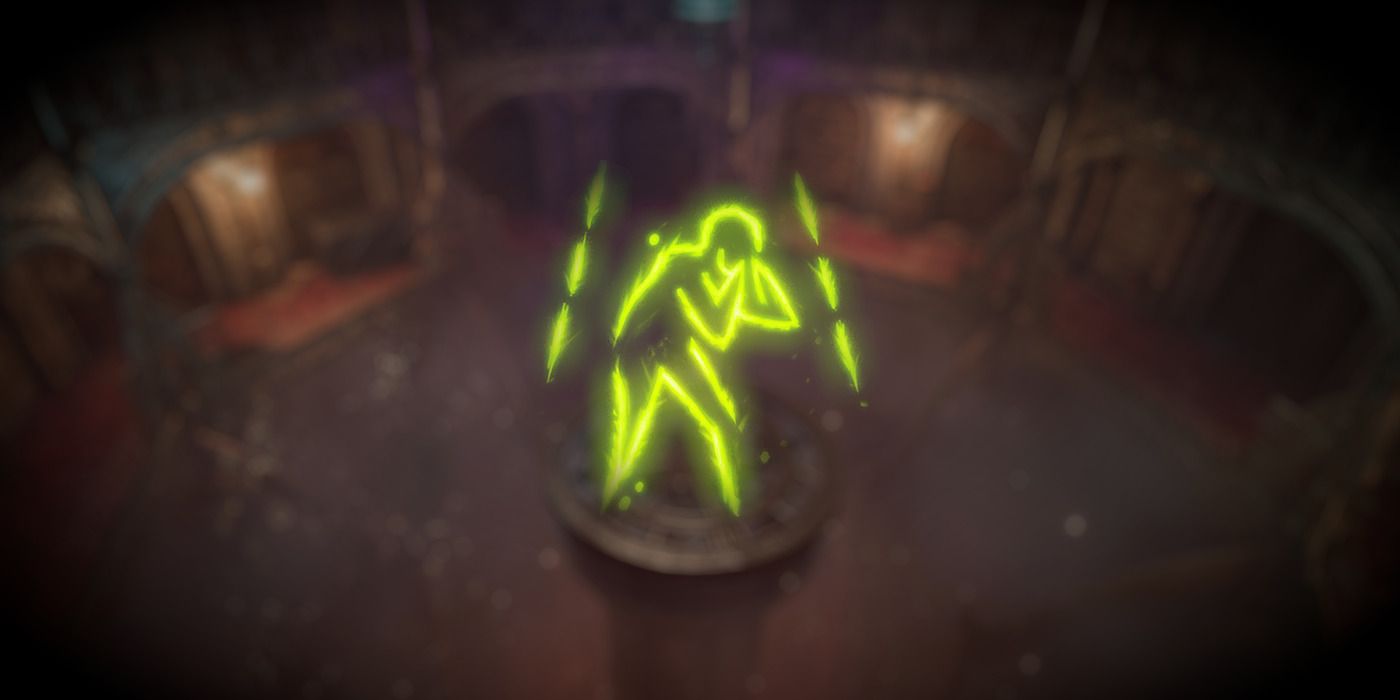
Ray of sickness has a modest damage total for a first-level spell, paired with a decently powerful debuff condition. Unfortunately, poison damage and the poisoned condition are often resisted or flat-out ignored by many enemies. The fact that the spell’s full power requires a successful attack roll plus a failed saving throw from the target (using constitution, the best save for enemies in general) makes it quite unreliable, as well. Using Chromatic Orb or a different control spell is almost always better. This spell doesn’t need any kind of fancy fix: a simple 1d8 buff to the damage would suffice to make it a competitive option, considering its other downsides.
3 Barkskin
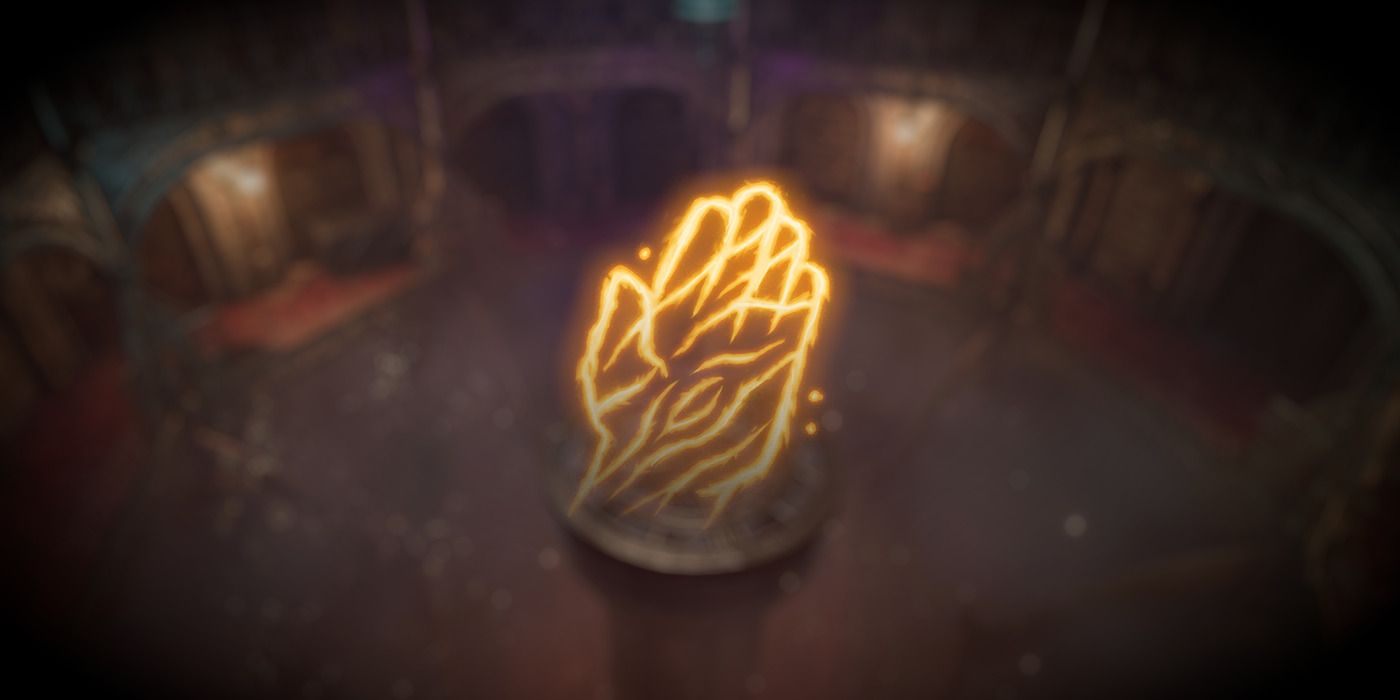
Concentration is once again the issue at hand. In the case of barkskin, the spell’s benefits are hardly worth the spell slot at all, even without concentration. Mage armor easily outclasses barkskin for most builds, as does simply wearing armor. Simply playing a Githyanki in Baldur’s Gate 3, taking an armor feat, or multiclassing can do the trick.
One potential fix to barkskin is to remove concentration and add a hefty pool of temporary hit points, such as 20. When the hit points are expended, the spell ends. Another potential fix is to copy an effect from certain medium and heavy armors so that the spell reduces bludgeoning and piercing damage by 1 (but not slashing because axes are great at chopping wood).
2 Magic Weapon
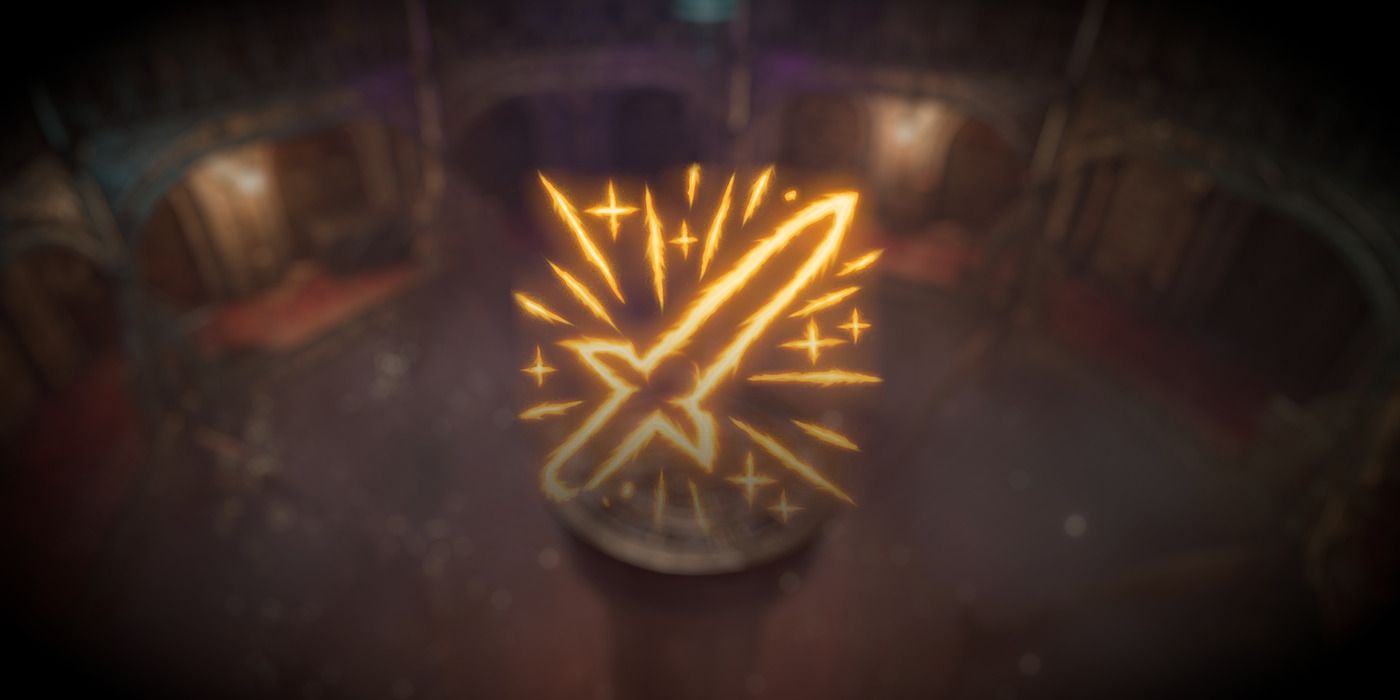
Magic weapon may look like a decent spell at first glance, but its concentration requirement makes it all but useless. The Baldur’s Gate 3 version of magic weapon is certainly better than the DnD version, since its duration has been increased from one hour to now last until the next long rest. However, the opportunity cost of concentration is simply too expensive for such a relatively minor effect. In DnD, the spell’s power largely comes from the fact that it helps non-magical weapons bypass resistance and immunity. Since magic weapons are so common in Baldur’s Gate 3, this should never be an issue.
The best fix to the magic weapon spell would simply be to remove concentration. The cost of a third-level spell slot is still high enough that it would be balanced, and since spells can’t stack with themselves, any worries about creating a weapon with a double-digit to-hit and damage bonus are null. Some casters might still pass on the spell in favor of other control, buff, or direct damage options, but this change would definitely make magic weapon a competitive option.
1 Blight
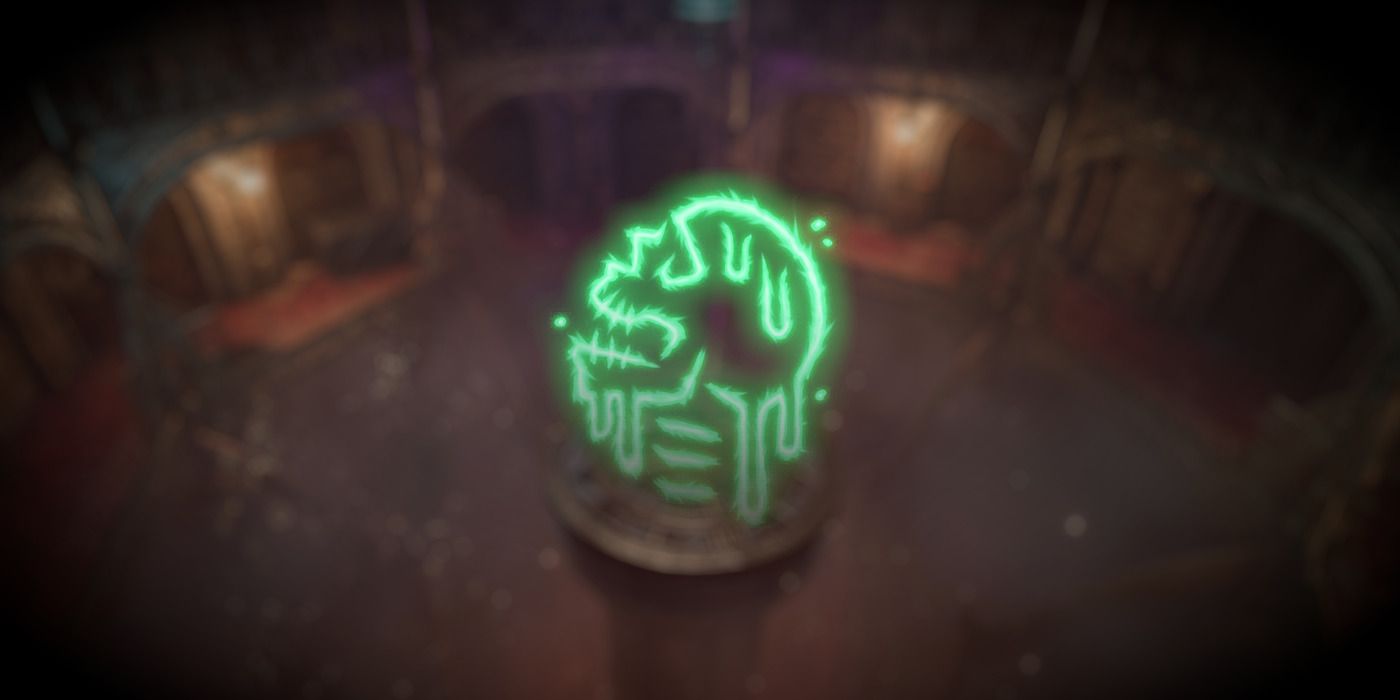
Blight isn’t a useless spell, by any means, but it’s significantly less efficient than other combinations of spells of features. The spell’s average damage is merely a single point higher than an upcast scorching ray, while an upcast moonbeam or cloud of daggers can exponentially outclass blight over just a few rounds. Blight also requires the caster to be in melee.
Generally, fourth-level spell slots are much better served for summoning spells such as conjure woodland beings, control spells like confusion and polymorph, or AOE spells like wall of fire. Learning or preparing a lower-level damage spell that can be upcast is always a more versatile option. Adding a debuff status condition or increasing the damage would make blight a more competitive option among the best spells in Baldur’s Gate 3.




